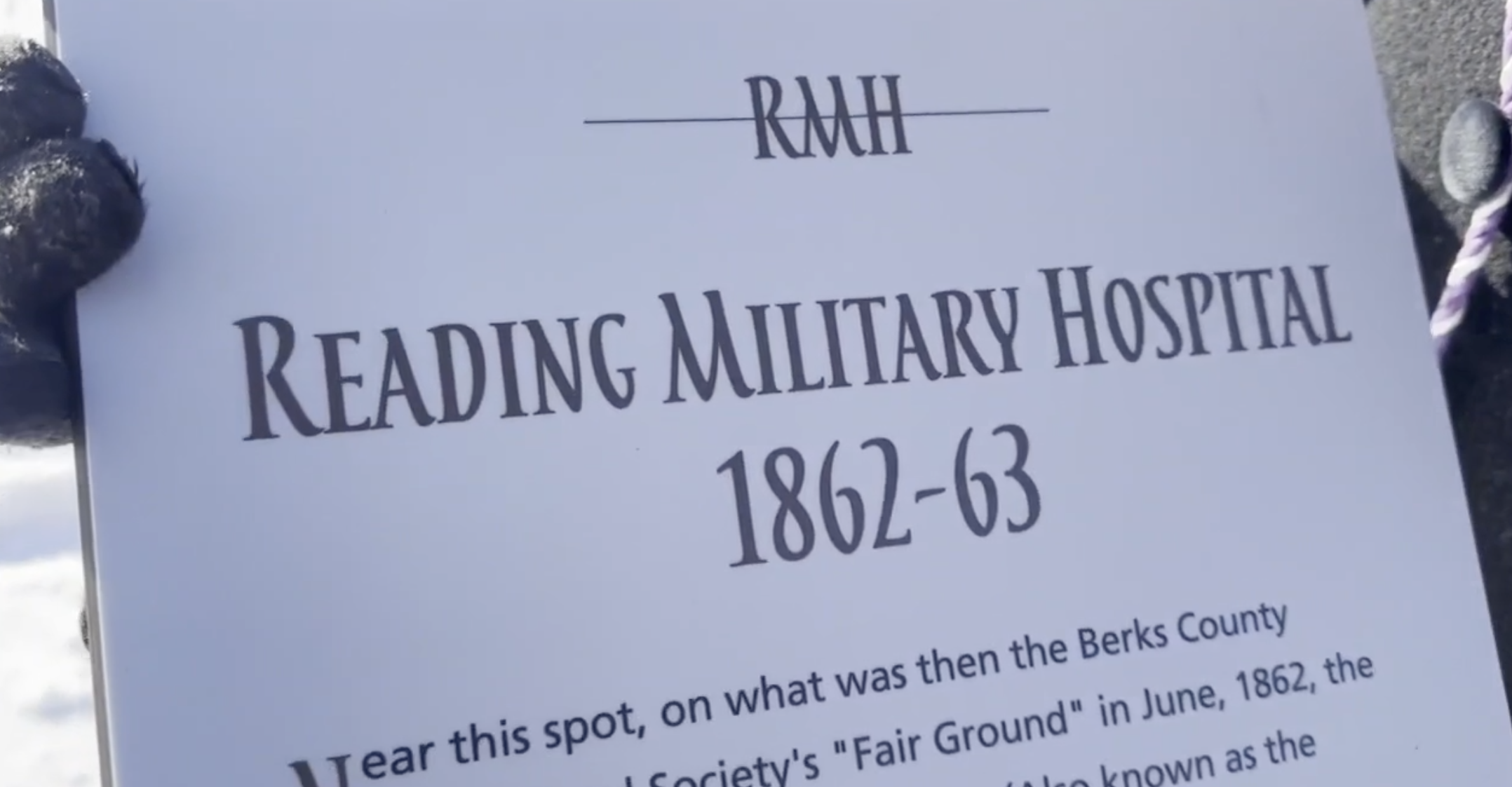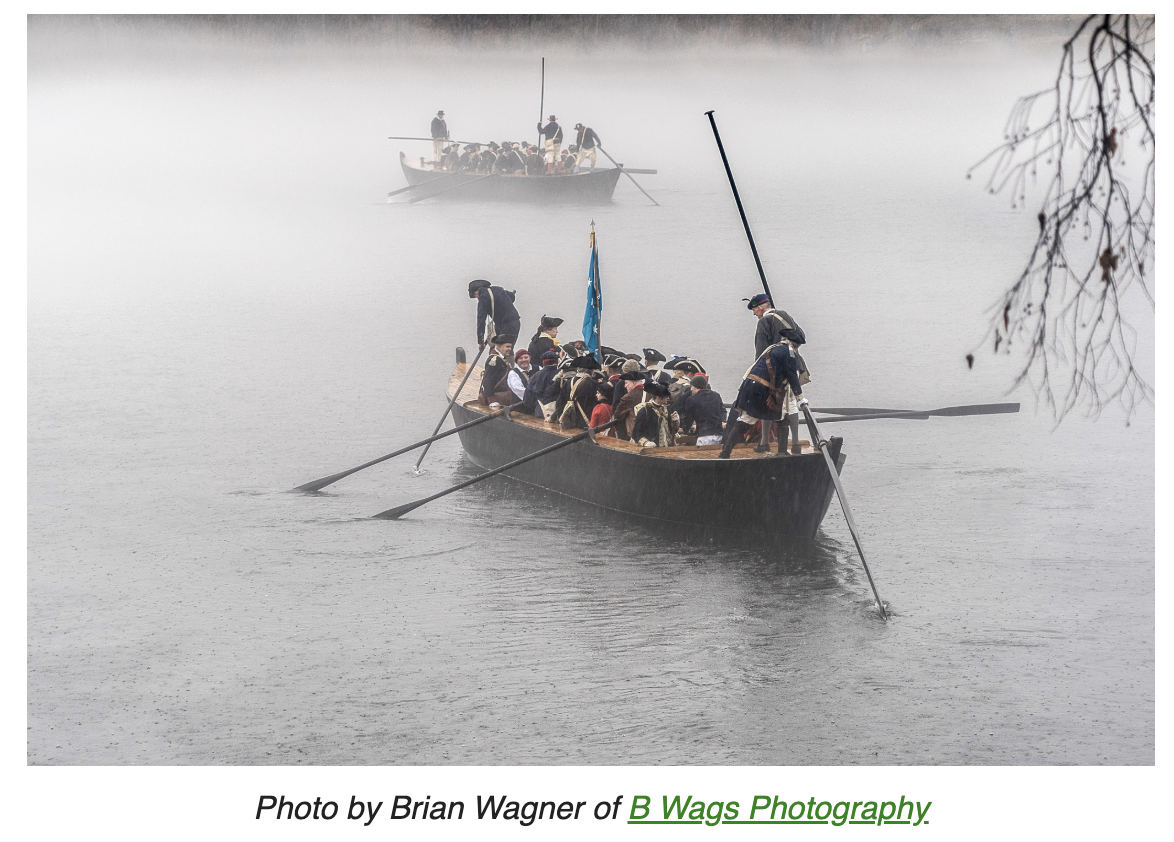Drawing from an archive of nearly five thousand letters and advertisements, the riveting, dramatic story of formerly enslaved people who spent years searching for family members stolen away during slavery.
Of all the many horrors of slavery, the cruelest was the separation of families in slave auctions. Spouses and siblings were sold away from one other. Young children were separated from their mothers. Fathers were sent down river and never saw their families again.
As soon as slavery ended in 1865, family members began to search for one another, in some cases persisting until as late as the 1920s. They took out “information wanted” advertisements in newspapers and sent letters to the editor. Pastors in churches across the country read these advertisements from the pulpit, expanding the search to those who had never learned to read or who did not have access to newspapers. These documents demonstrate that even as most white Americans—and even some younger Black Americans, too—wanted to put slavery in the past, many former slaves, members of the “Freedom Generation,” continued for years, and even decades, to search for one another. These letters and advertisements are testaments to formerly enslaved people’s enduring love for the families they lost in slavery, yet they spent many years buried in the storage of local historical societies or on microfilm reels that time forgot.
Judith Giesberg draws on the archive that she founded—containing almost five thousand letters and advertisements placed by members of the Freedom Generation—to compile these stories in a narrative form for the first time. Her in-depth research turned up additional information about the writers, their families, and their enslavers. With this critical context, she recounts the moving stories of the people who placed the advertisements, the loved ones they tried to find, and the outcome of their quests to reunite.
This story underscores the cruelest horror of slavery—the forced breakup of families—and the resilience and determination of the formerly enslaved. Thoughtful, heart-wrenching, and illuminating, Last Seen finally gives this lesser-known aspect of slavery the attention it deserves.
Link to purchase Last Seen
Judith Giesberg holds the Robert M. Birmingham Chair in the Humanities and is Professor of History at Villanova University. Giesberg is author of Civil War Sisterhood: The United States Sanitary Commission and Women's Politics in Transition (2000),“Army at Home:” Women and the Civil War on the Northern Home Front (2009), Emilie Davis's Civil War: The Diaries of a Free Black Woman in Philadelphia, 1863-1865 (2014) and Sex and the Civil War: Soldiers, Pornography, and the Making of Modern Morality, (2017). Her new book, Last Seen: The Enduring Search by Formerly Enslaved People to Find Their Lost Family, published by Simon and Schuster, on February 4, 2025.
Giesberg directs a digital project, Last Seen: Finding Family After Slavery, that is collecting, digitizing, and transcribing information wanted ads taken out by formerly enslaved people looking for family members lost to the domestic slave trade. This project was featured in, among other media outlets, the New York Times, Washington Post, CBS Evening News, and NPR’s All Things Considered. As of this past April (2024), the website (informationwanted.org) had been accessed more than twelve and half million times. Giesberg founded and serves as Director of the Rooted Project which is working to research and tell a history of Villanova University informed by today’s movements toward racial and economic justice.
Giesberg lectures widely to audiences of genealogists, teachers, and interested members of the public at libraries, schools, museums, and churches.
To reserve a virtual seat for this outstanding presentation, reply by e-mail to garmuslib1866@gmail.com
You will be sent a link with a password that will enable you to access the program within 24 hours of the start of the presentation.
Deadline for signing-up is Saturday, October 31, 2025 at Noon.
As a lover of history, you know how critical it is to keep history alive, especially today. We very much appreciate your continued support for the GAR Civil War Museum & Archive
GRAND ARMY OF THE REPUBLIC MUSEUM & ARCHIVE
8110 Frankford Ave. (Holmesburg - N.E. Philadelphia), 19136
www.garmuslib.org














